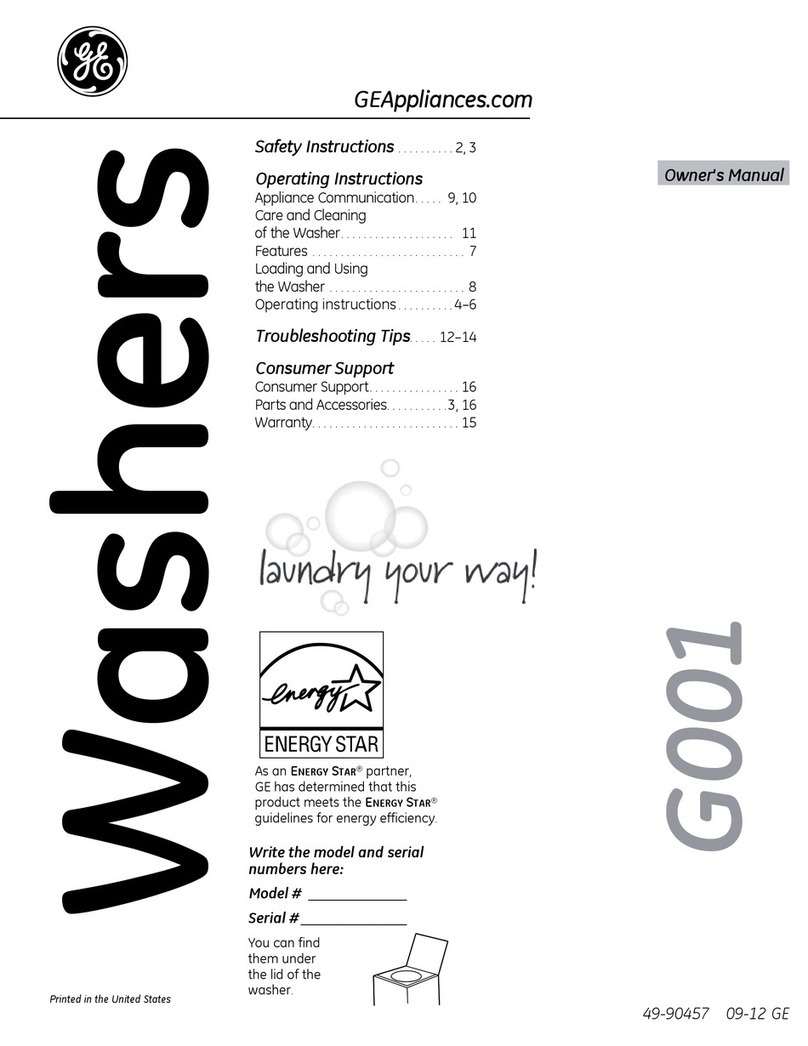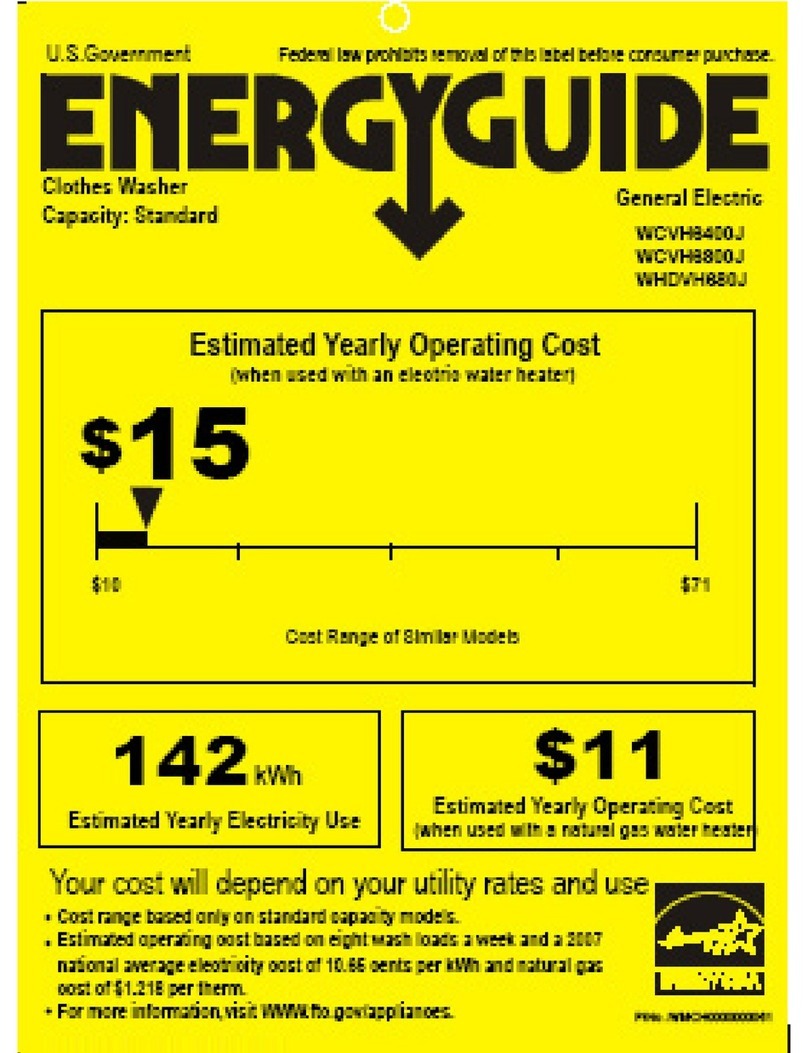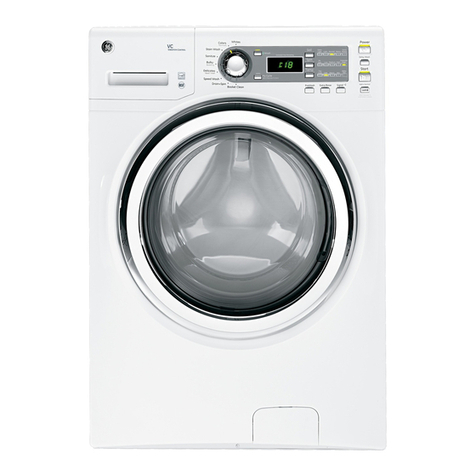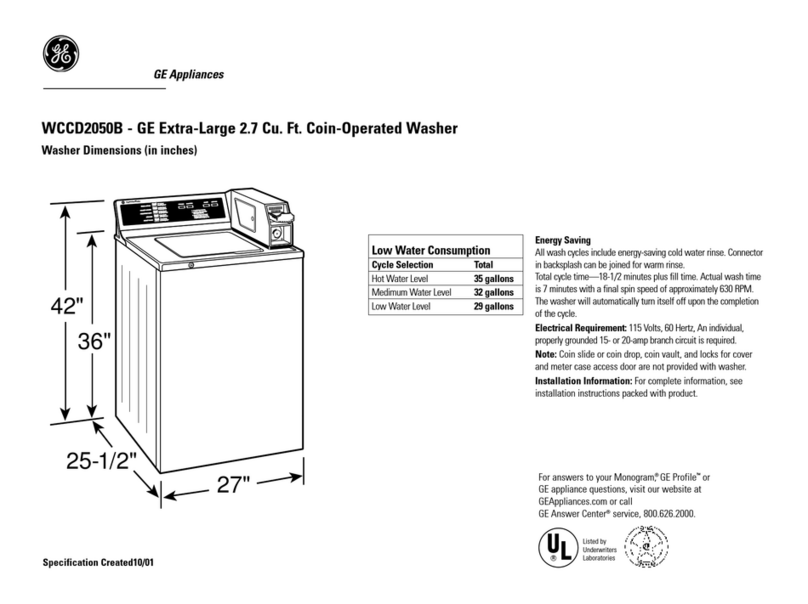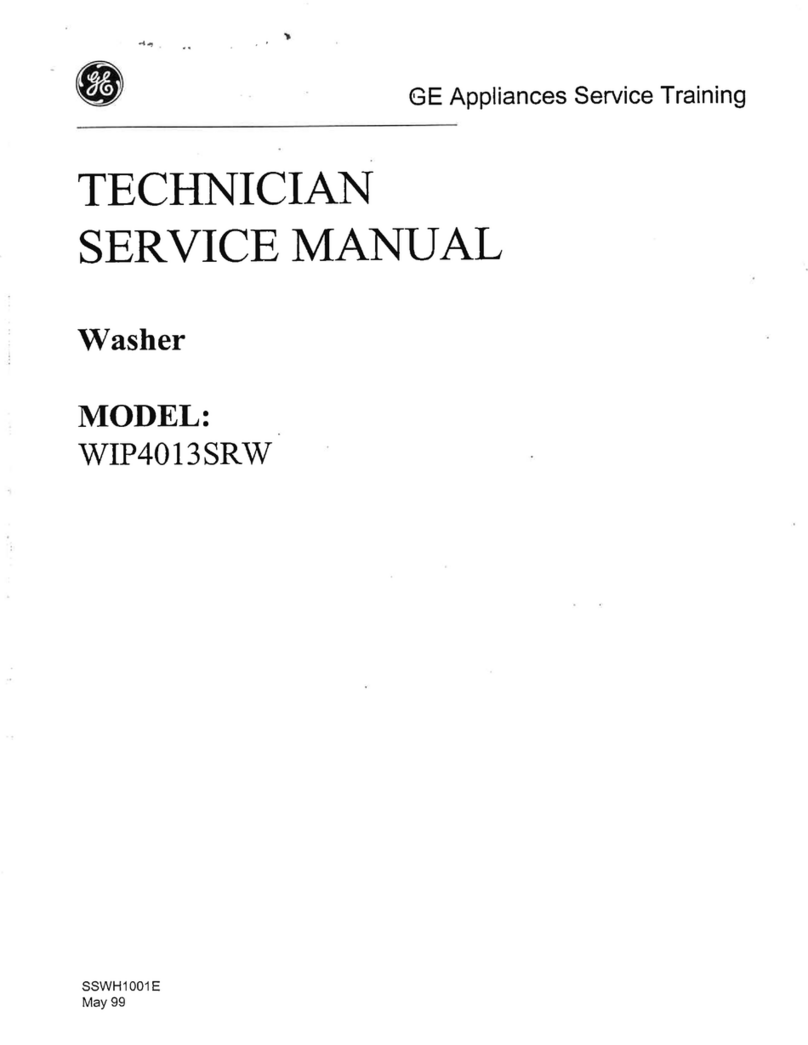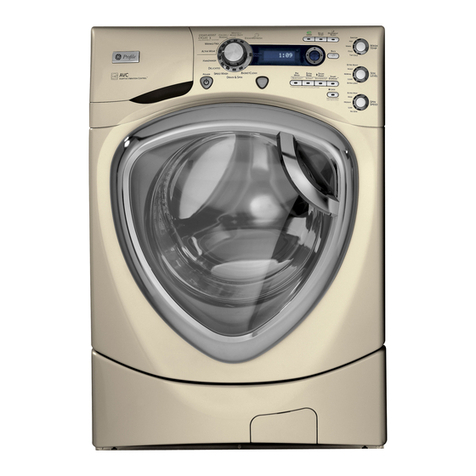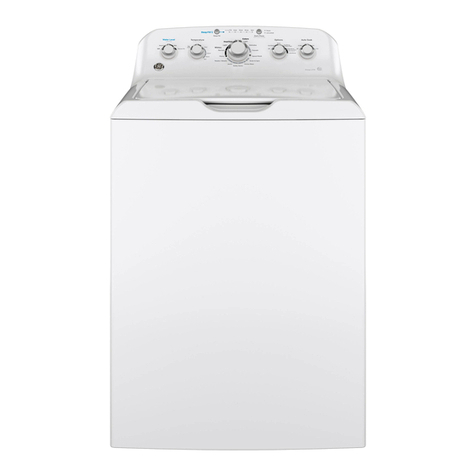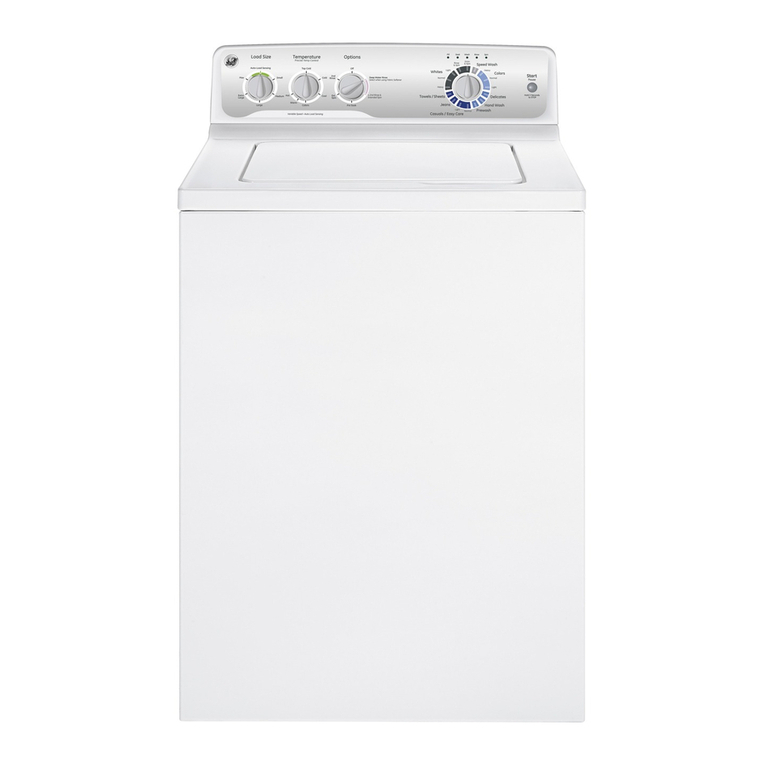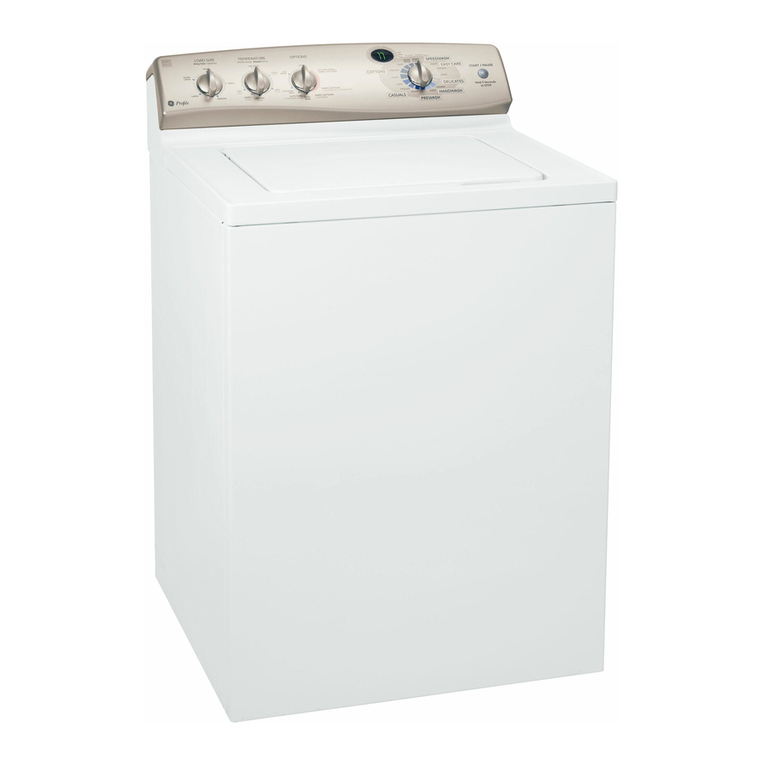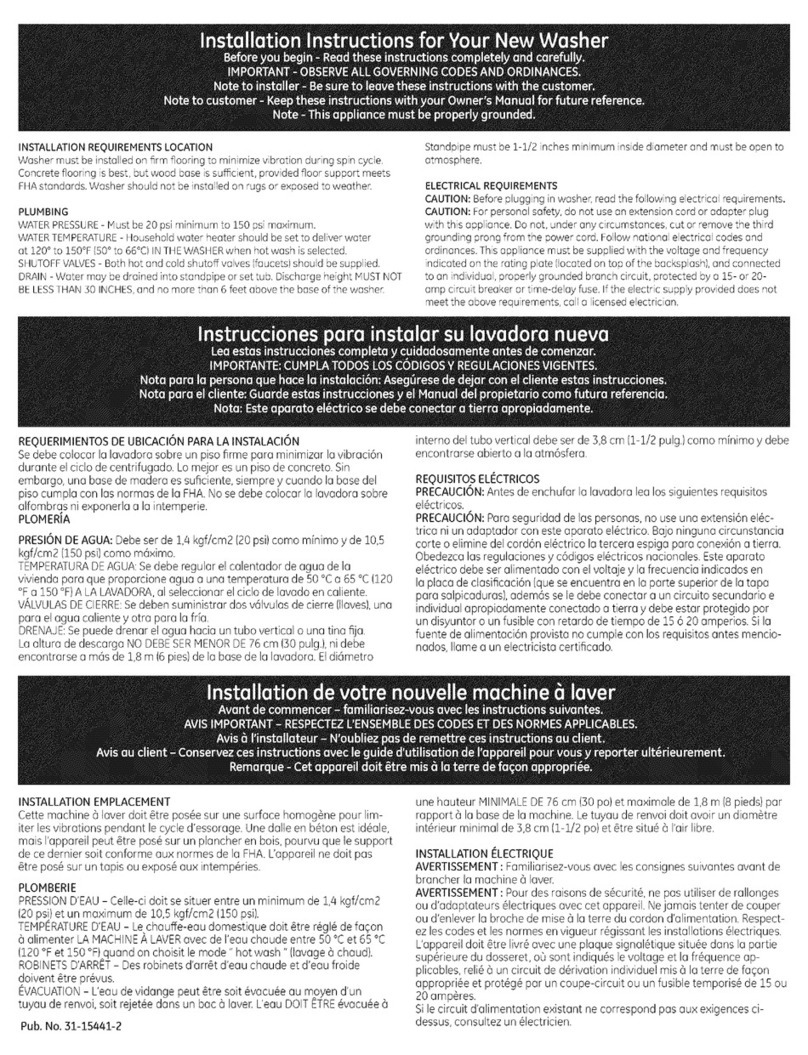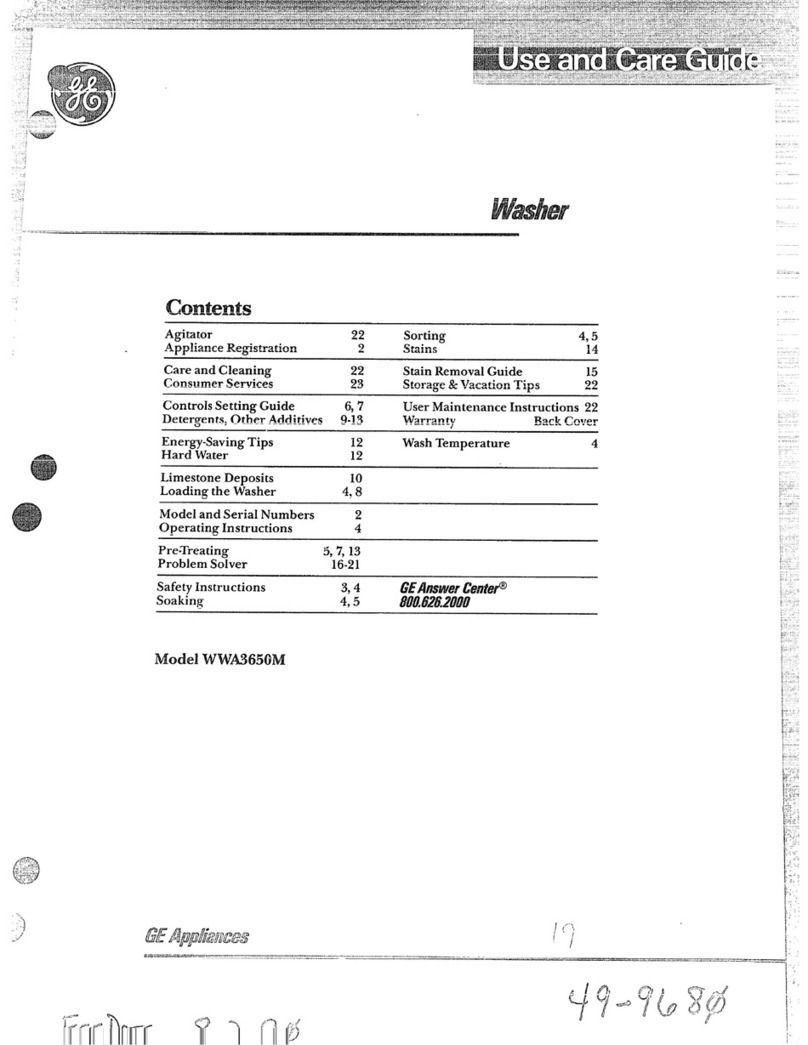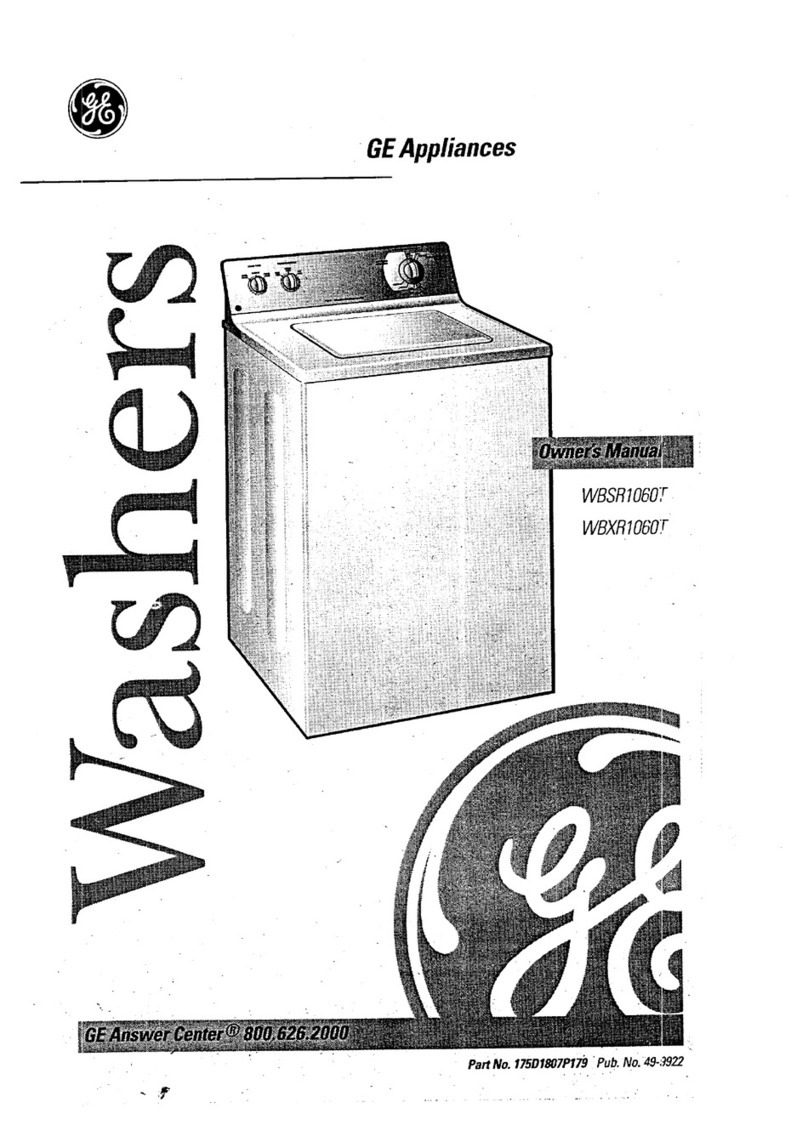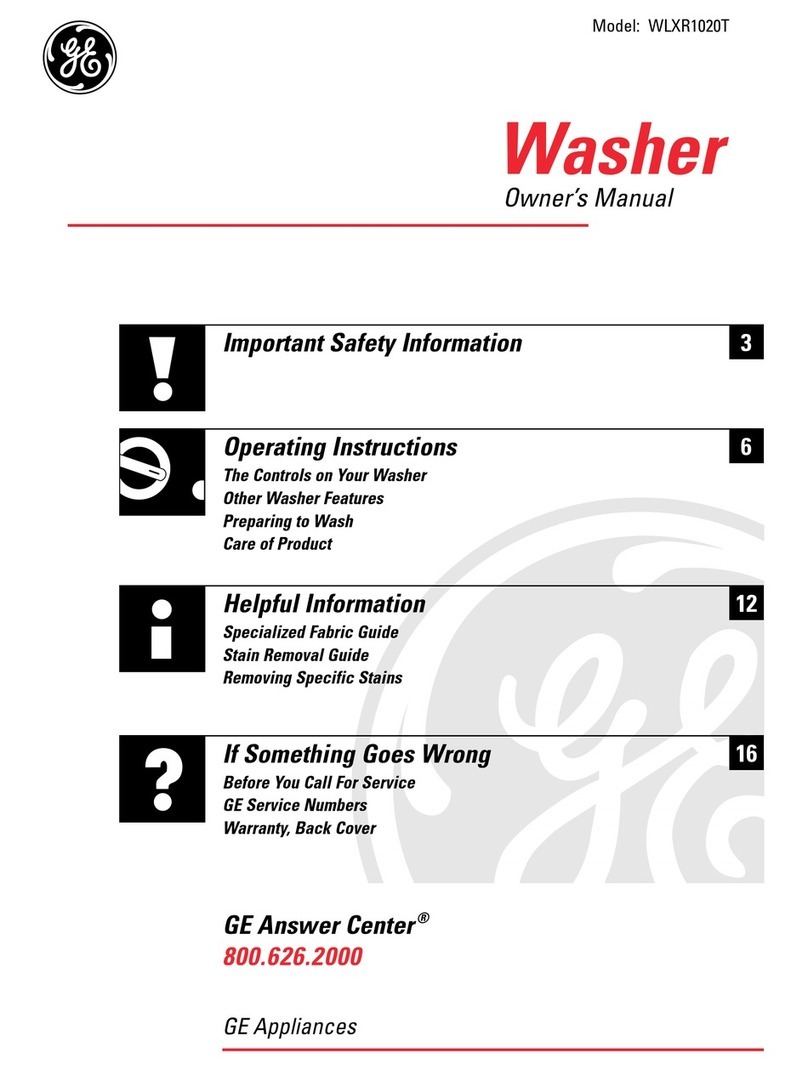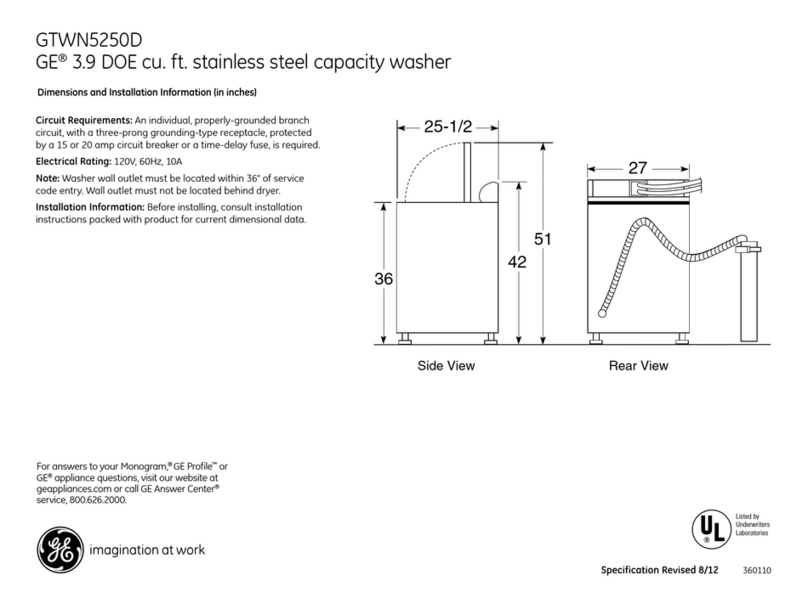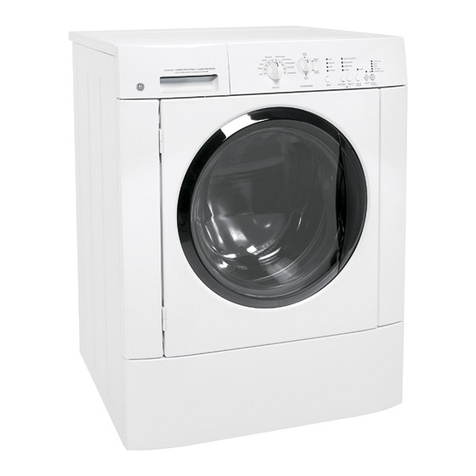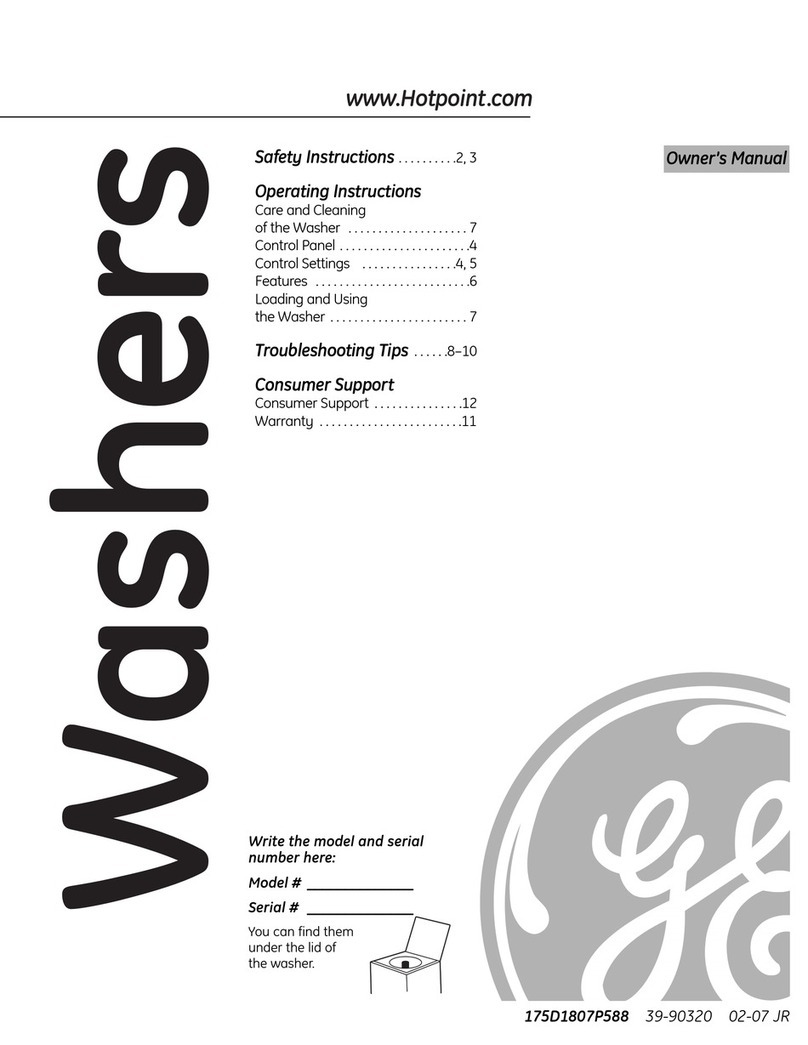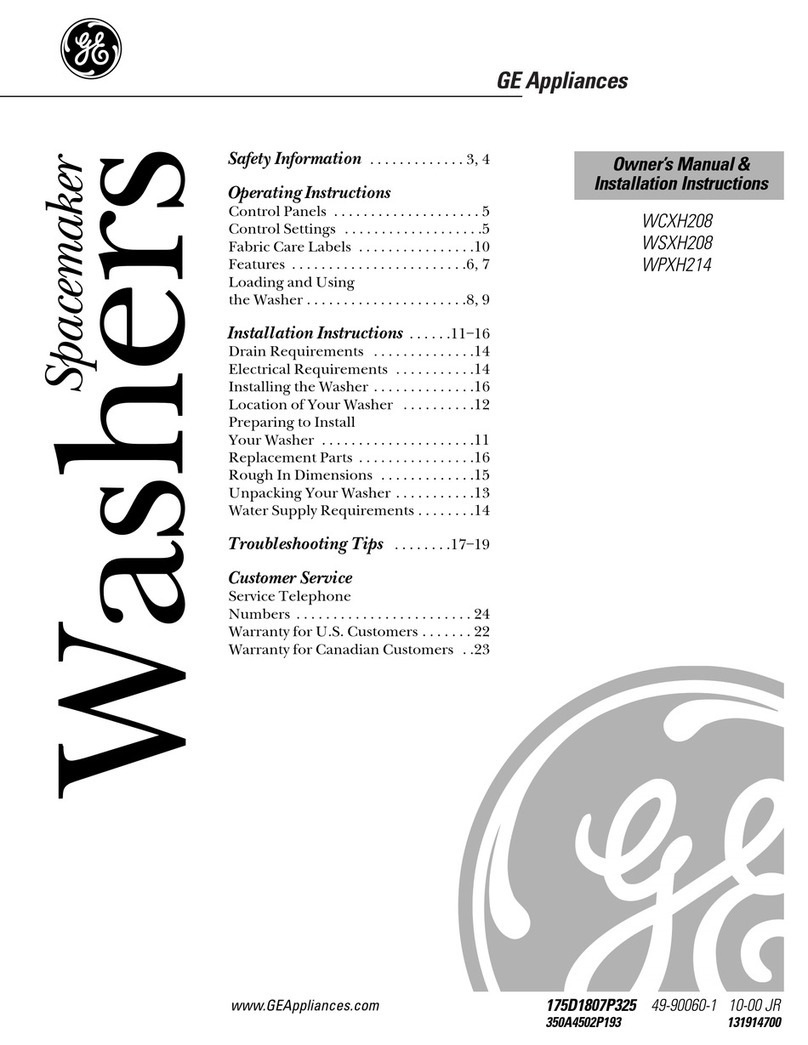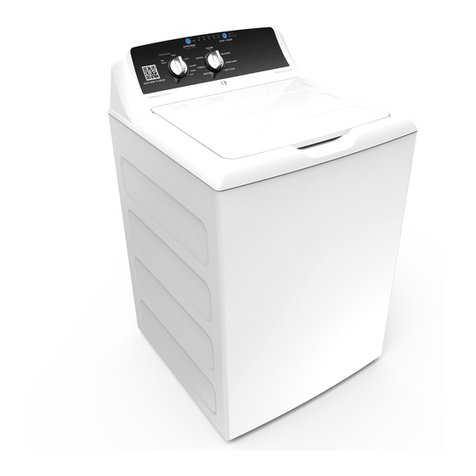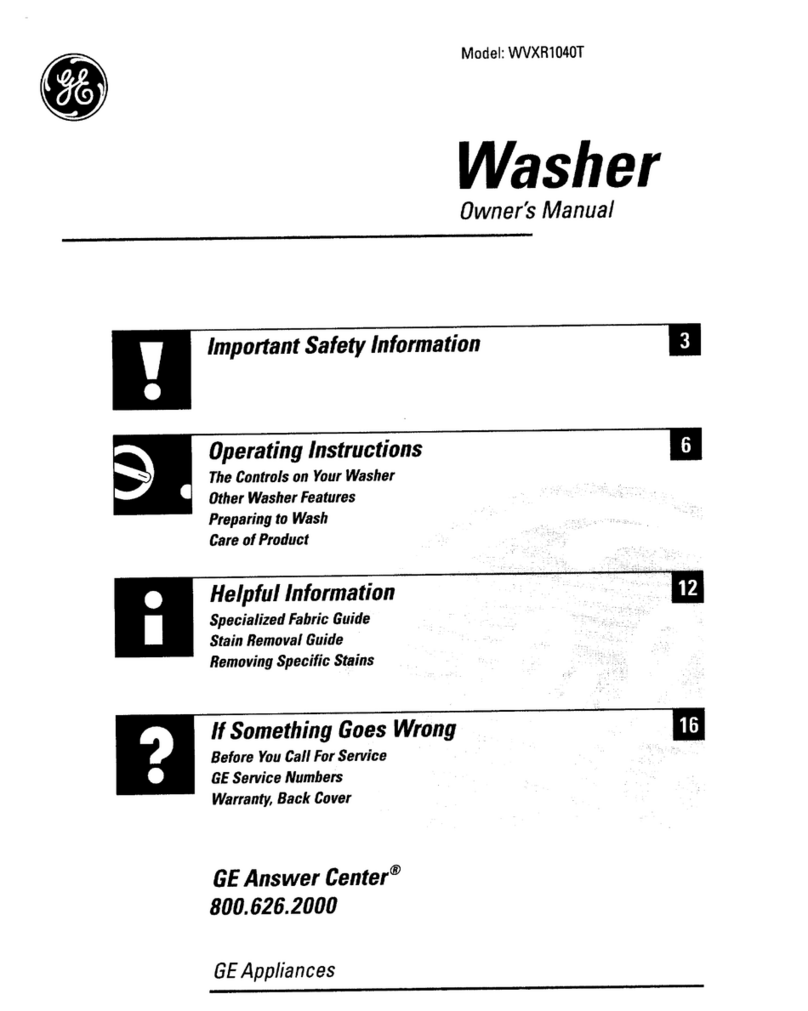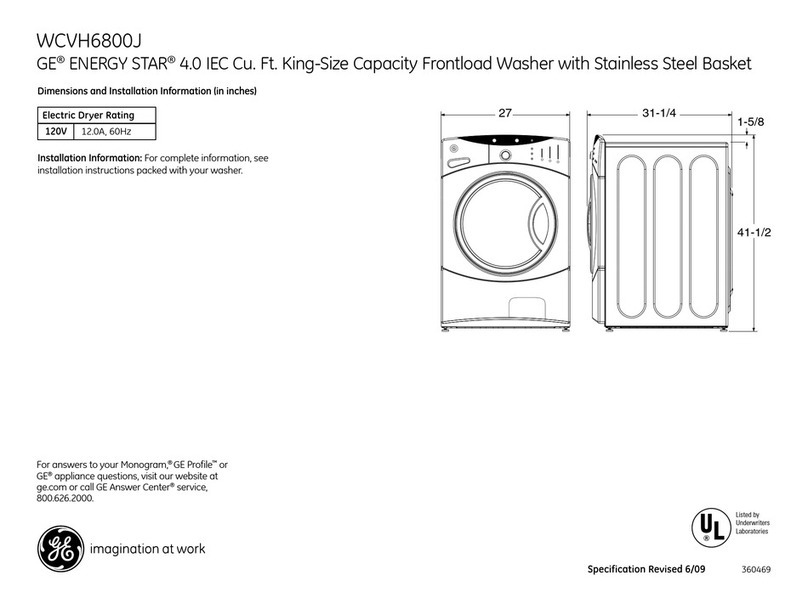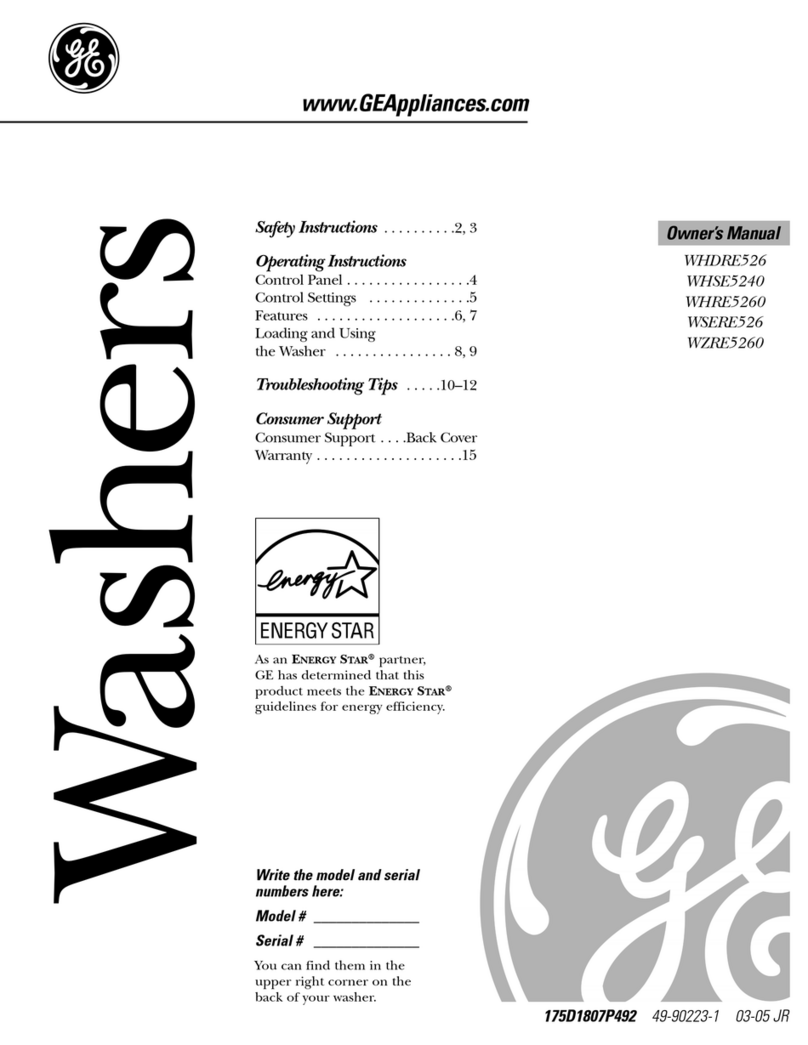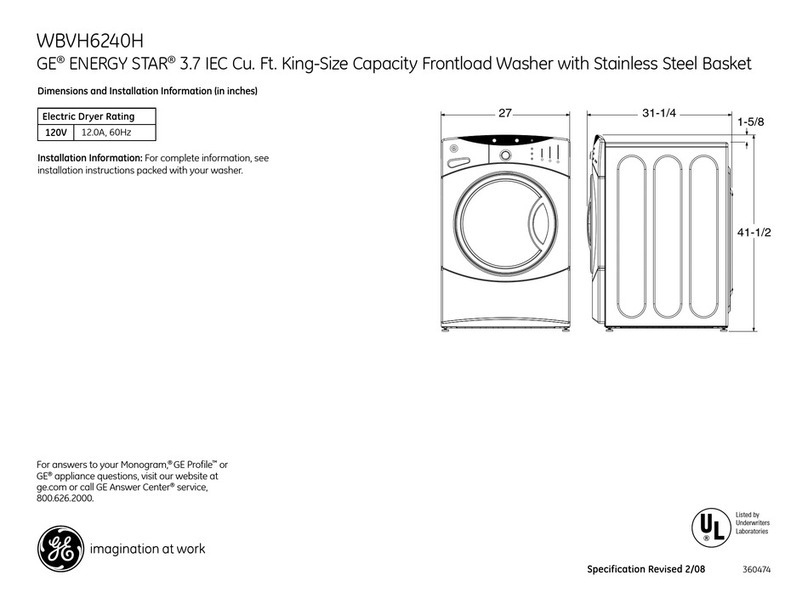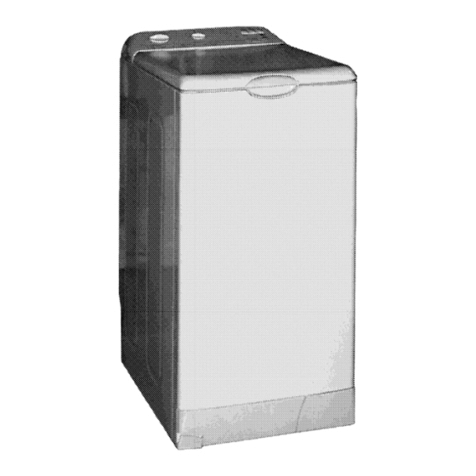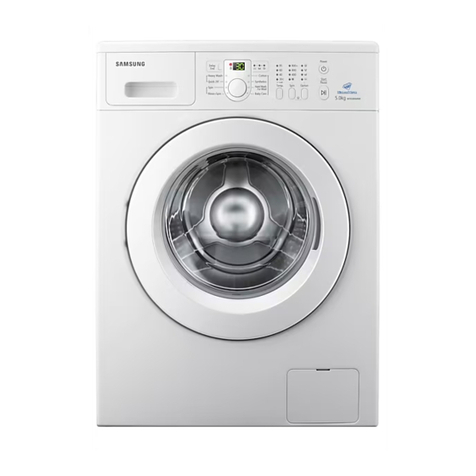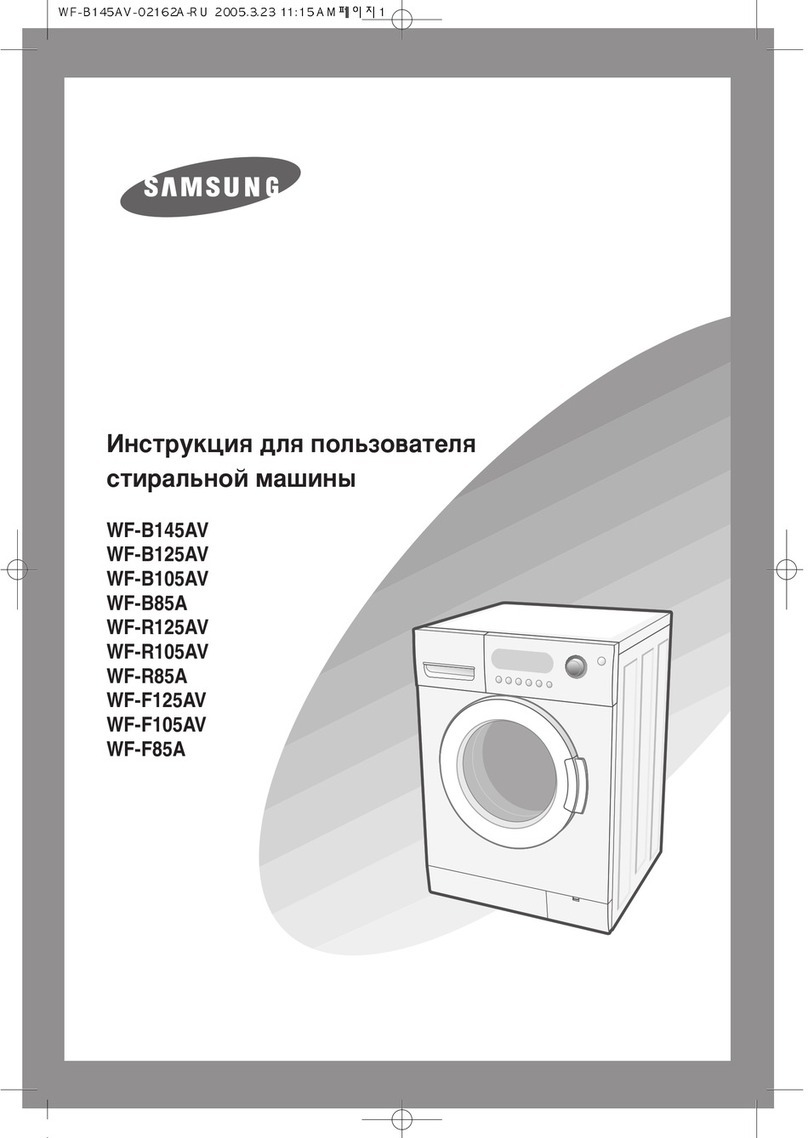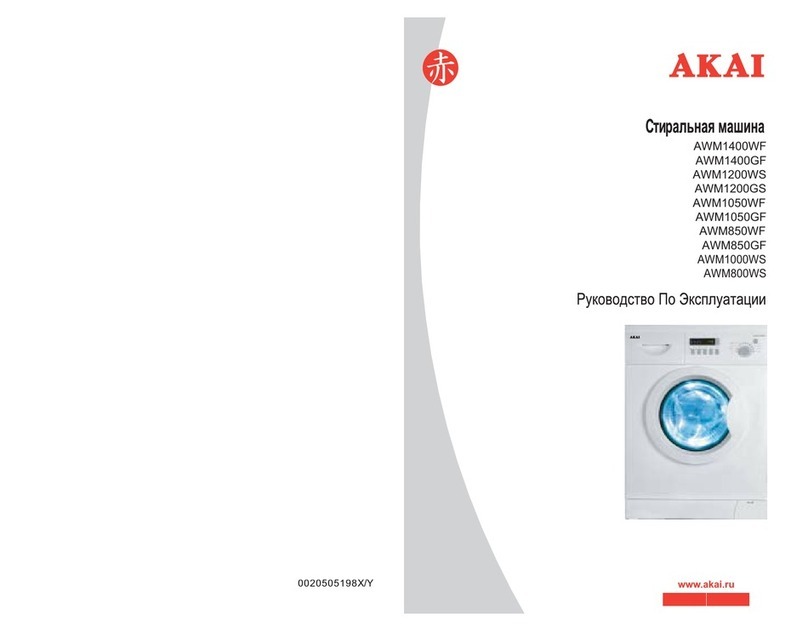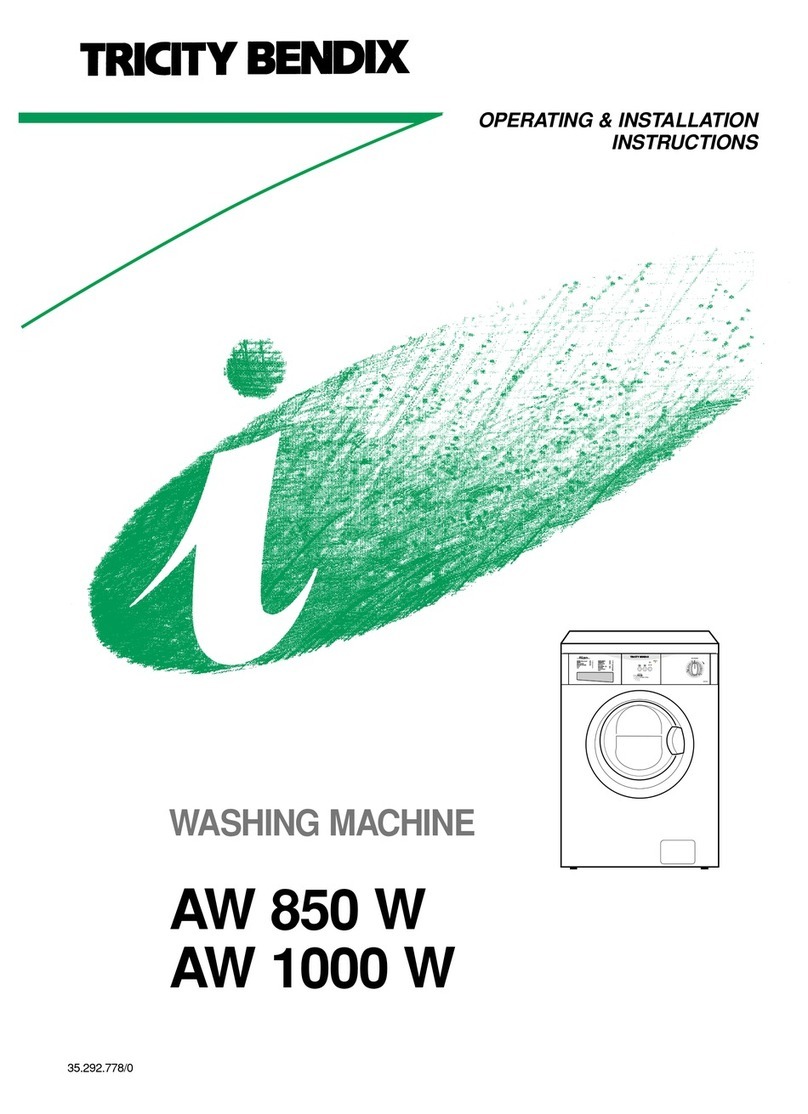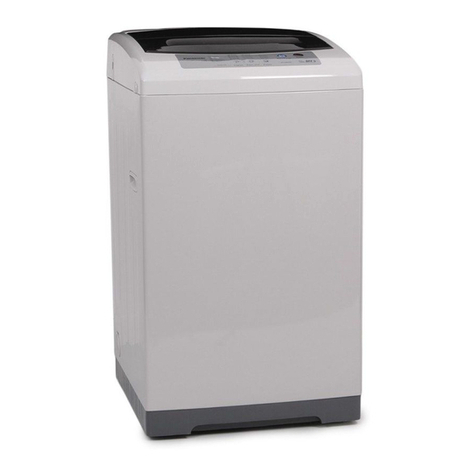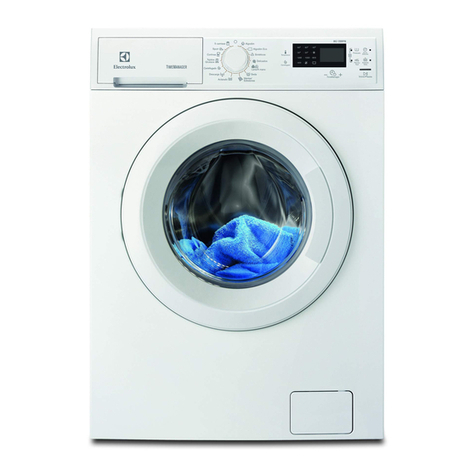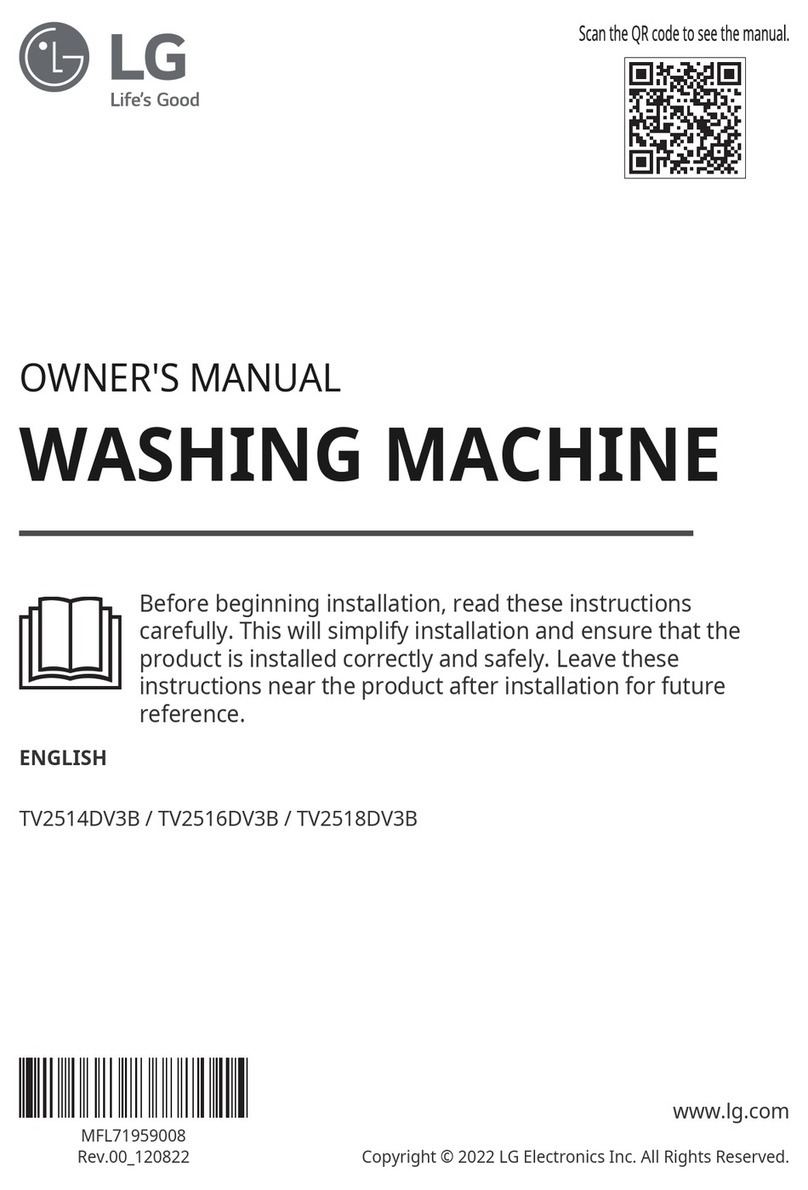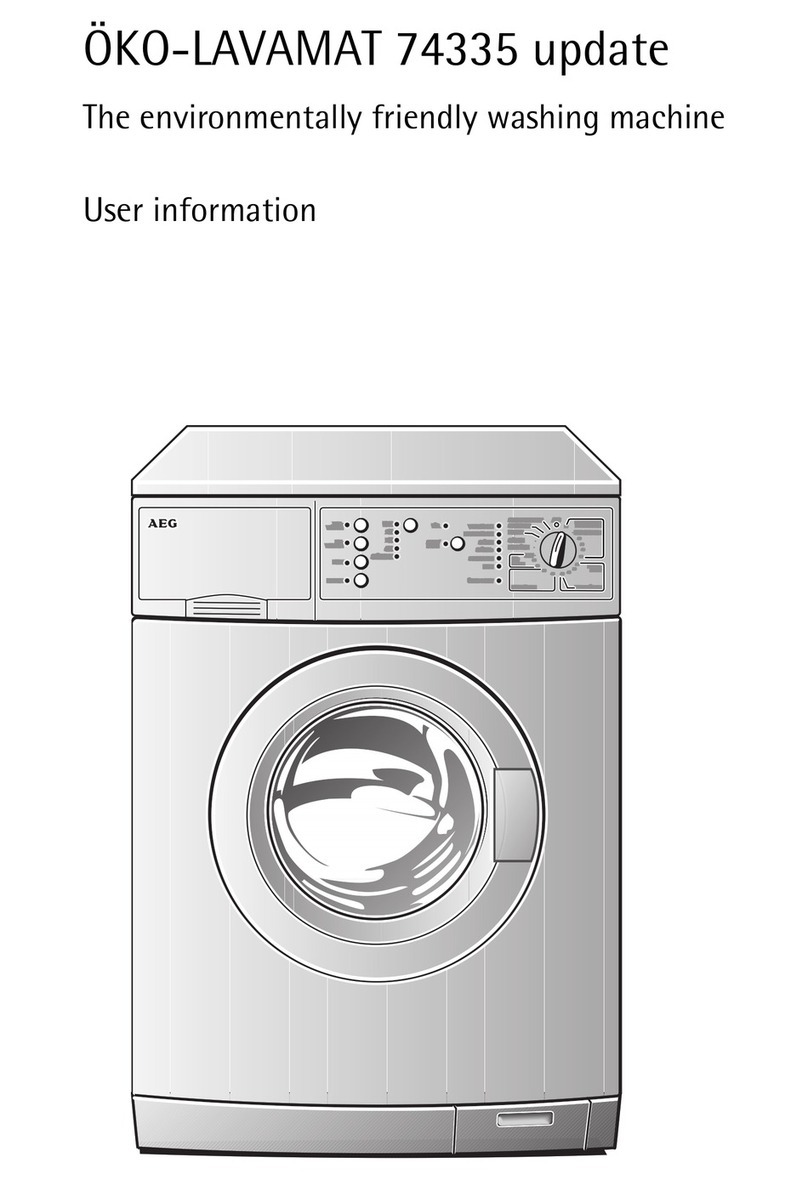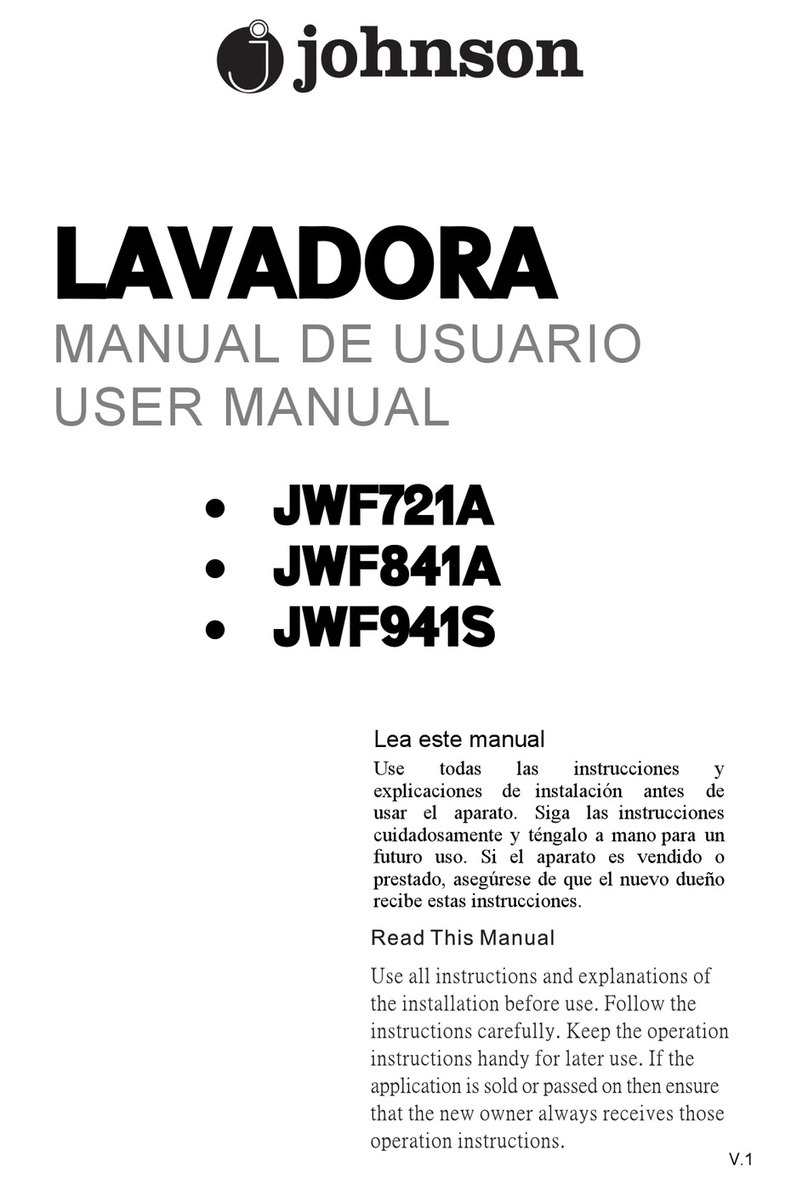
–8 –
Motor Speed Control
The motor speed control now provides all func-
tional control to the washer.
The board controls:
1. Electrical power to the timer motor by con-
necting and disconnecting neutral to the timer
motor.Timer contacts 6C to 6T are electrically in
parallel with the switch in the speed control board
and are used as a backup or to sequence the
timer when the knob is turned.
2.The timing of each function and the speed
and direction of the drive motor. In the previous
front-load washer, the timer used a slip disc inside
the timer to extend the increments (e.g., the
13-minute fill and agitate increment). Contacts of
the timer were also used to reverse the polarity on
the motor armature of the drive motor to reverse
the drive motor.These functions have been
removed from the timer and added to the new
speed control board.The new speed control board
has six terminals marked A, B, C, D, E, and F that
receive inputs or codes from the contacts of the
timer. Each terminal receives an input of either
line to neutral voltage (120 VAC) or zero for each
function. For example, if the code received by the
speed control board is 120 VAC on terminals A, B,
and D and zero on terminals C, E, and F, this tells
the board to allow the washer to fill, tumble at
52 RPM for 107 seconds, then close the contact
that connects the neutral side of the timer motor
so it advancesand gives the next code.
3.The speed of the drive motor by converting
input line to neutral, single-phase 60-Hz voltage,
to varying frequency, three-phase output voltage
from 0 to 300 VAC. By varying the amount, fre-
quency, and polarity of the voltage, and comparing
the input from the tachogenerator on the drive
motor, the control board can operate the drive
motor at a preprogrammed speed and direction.
The motor PC board produces three phases from
a single phase by rectifying the line voltage to DC
voltage.The digital signal processor (DSP) gener-
ates the three-phase sine waves by switching ON/
OFF the six drivers. The DSP varies the voltage,
current, and frequency of the sine waves to vary
the speed of the motor.
4. Determines if the load in the washer is out of
balance by converting the sine wave from the
tachogenerator to square waves and comparing
the distance between the square waves.
